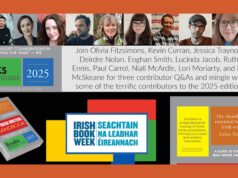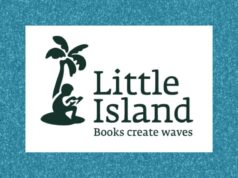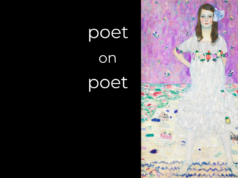THE IRISH ANGLE
Murderous hobbledehoys in Ireland—Richard Hannay almost meets his match
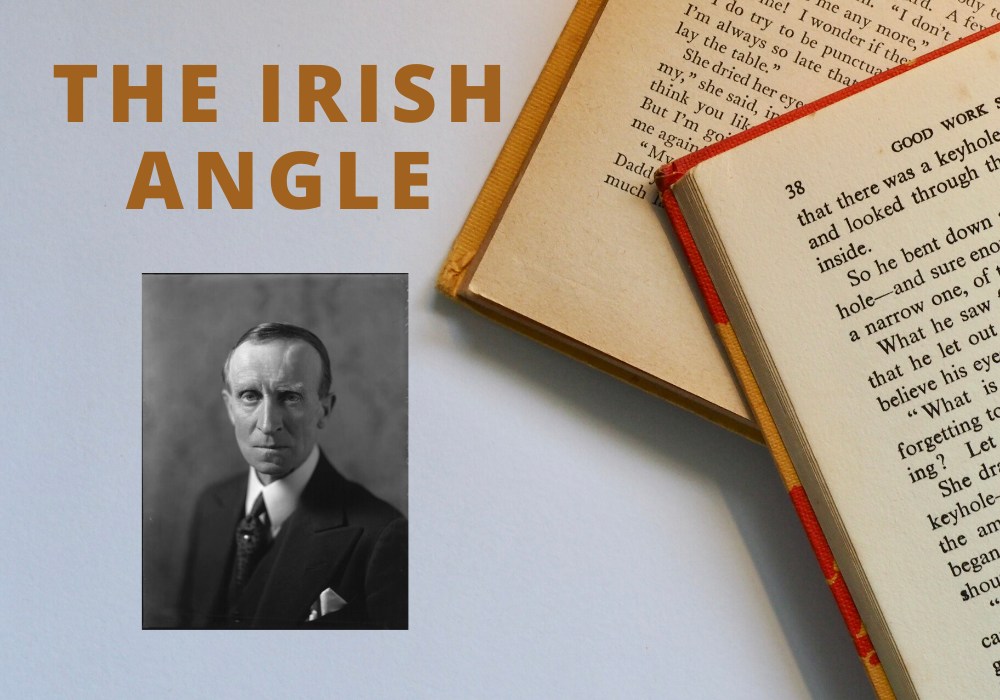
Tony Canavan looks at John Buchan and the Irish
I have to confess that reading John Buchan is a guilty pleasure of mine. He is not fashionable today and his novels express views on Africans, Jews, Arabs and the Irish that are not repeatable in our politically correct age. Despite this, his writing is first class, the plots rattle along at a cracking pace, and his characters are believable. His creation Richard Hannay, introduced in The Thirty-Nine Steps, was an instant success and forerunner of all literary spies to follow, including James Bond.
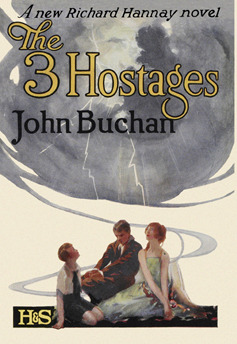
The Three Hostages (1924) sees Richard Hannay as a retired general living the life of a country squire until his idyll is interrupted by Scotland Yard’s Inspector Macgillivray (an Ulsterman and thus alright), who informs him that all the troubles in the world—Arab unrest, revolution in Russia, anarchism in Italy, political scandal in France, crime in America and the troubles in Ireland—are all controlled by a small group of master criminals. The authorities are about to swoop on the gang but they suspect something and have taken three hostages as a safeguard—‘the daughter of the richest man in the world, the heir of our greatest dukedom, the only child of a national hero’. The only clue to their whereabouts is a childish rhyme. Hannay is tasked with locating the hostages before the authorities strike or they will be murdered.
From quite early on there are hints that behind all this is Ireland. A few pages in, Hannay comments on how the Irish who ‘shirked the War are the worst’ and, later, Macgillivray refers to ‘the sullen murderous hobbledehoys in Ireland’ in a list of undesirables that includes moral imbeciles and ‘Bolshevik Jews’. He goes on to explain to Hannay that the chance of peace in Ireland, among other things, depends on breaking up the gang. The early parts of the novel involve much of this kind of thing. Irish nationalists are portrayed as propagandists who ‘managed to persuade most people that they were a brave, generous, humorous, talented warm-hearted race’ when the opposite (of course) is true.
Once Hannay starts to dig, it becomes clear that the ringleader of the international conspiracy is a leading light of the English upper-class, Dominick Medina—wealthy, highly regarded and a poet, but also a Member of Parliament who has the ear of government. Hannay drills beneath the veneer and discovers that Medina is really Irish—well, half Irish and half Spanish. One can’t help but think that here Buchan was making a sly reference to Eamon de Valera, the Irish republican leader. Medina has been brainwashed by his Irish mother into hating England and the whole international conspiracy is a means of bringing low Great Britain. Hannay dismisses Irish independence as a neurotic dream and describes Medina as ‘déraciné Irish, such as you find in America’.
Buchan, speaking through Hannay, is not so crude as to dismiss all the Irish as depraved villains. He does distinguish between the decent and those with criminal tendencies or who have been misled by nationalism. Yet throughout the novel there are references to inferior races and ethnic groups who are prone to cunning and crime. Buchan draws his readers’ attention to the similarity between the Irish and such races. Medina has successfully passed himself off as an Englishman by dint of careful dress and shaping his hair to disguise his head’s true shape. In one crucial scene when Hannay sees Medina and his mother together for the first time, he vividly describes Medina’s head as being ‘as round as a football … it meant madness – at any rate degeneracy’. Most of Buchan’s readers would have been familiar with the racial theories of this time. The Anglo-Saxon and Germanic races possessed blunt, square-type skulls, reflecting their character, while the other, ‘inferior’ races, had round skulls. Buchan is clearly signalling that the Irishman Medina belongs to the latter. In the same scene, Hannay is disgusted when Medina and his mother speak in ‘Erse’, as alien to him as Choctaw.
It would be a mistake, however, to dismiss Richard Hannay, or his creator, as simply a bigoted racist. Buchan was a Lowland Scot with a romantic attachment to the Highlands and must have known of the close affinity of the Highlanders to the Irish. As I said, he is careful to distinguish between the ‘hobbledehoys’ from the decent sort of Irish. And in Dominick Medina, Hannay finds his greatest adversary, unequalled in intelligence and ability. If only he hadn’t wanted to destroy English civilisation, Hannay would have been his ardent follower.
While Hannay’s racist theories are obsolete in today’s world, many of his political views would not be out of place. The notion that the world’s troubles have one source and that, if the head of the criminal conspiracy were taken out, then all would be well is current among many commentators and politicians in Europe and America today. Is it not the kind of thinking that led to the invasion of Saddam Hussain’s Iraq and the assassination of Osama Bin Laden? Replace Bolshevik and Jew with Islam and Arab and The Thirty-Nine Steps could almost be a contemporary novel.
Nevertheless, it would be a mistake to conflate Buchan and Hannay. Buchan was indeed an imperialist who ended his life as a peer and Governor-General of Canada, but his politics and opinions were more nuanced than this would suggest. In 1927 he was elected a Unionist MP for the Combined Scottish Universities, but although he opposed Irish independence, he supported Home Rule within the UK, and for Scotland too. In other ways he was quite liberal; he advocated free trade, women’s suffrage, a national insurance scheme, and reforming the House of Lords. While he is remembered today for his writing, he was also a barrister, a diplomat and a wartime propagandist.
***
Tony Canavan,
Consultant Editor, Books Ireland








